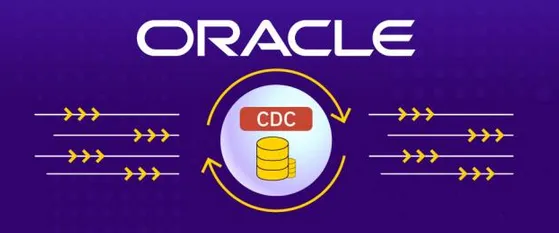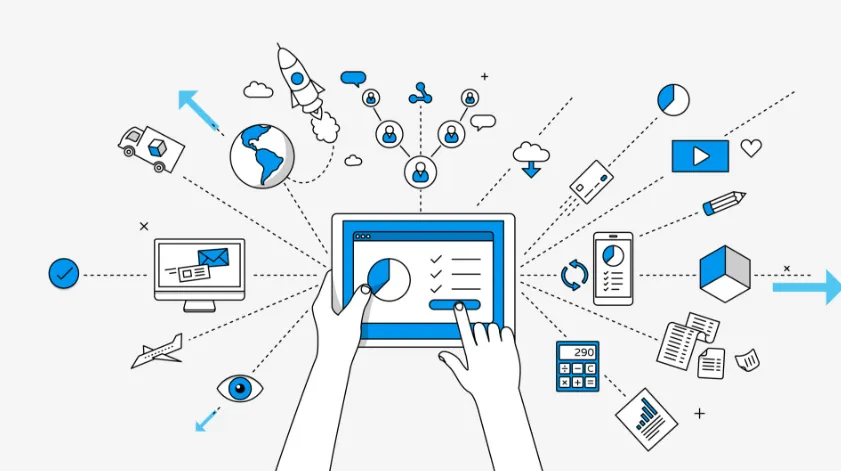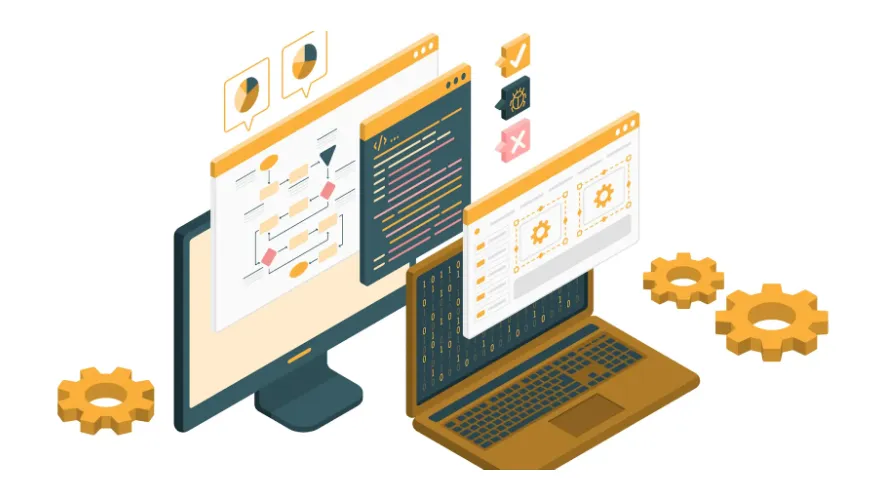Oracle DBMs is a database management system and is commonly referred to as the Oracle Database. It was designed by the Oracle Corporation and was first released commercially in 1979. From that time, it has powered most data-driven organizations around the world, providing data warehousing platforms and Online Transaction Processing, or a combination of the two.
In this post, we will go into the intricacies of the Oracle CDC, starting from its launch and evolution, its present form, the benefits offered, and the types of this feature.
Contents
The Evolution of the Oracle CDC (Change Data Capture) Feature
Oracle CDC was first introduced by the Oracle Corporation as an out-of-the-box technology along with the 9i version of the Oracle database. Its main function was to track and record any changes made to the user tables in the Oracle database and then store the changes in change tables to be used in Extract, Load, and Transform (ETL) applications.
Through ETL, the changes were then processed, formatted, and moved to other databases or data warehouses.
The introductory form of the Oracle CDC had triggers placed in the source databases that automatically went off whenever any change occurred. However, this technology was deemed to be too complex by DBAs and was not well-received by them. Acting on this feedback, Oracle CDC was renamed and re-released as Oracle Streams together with the 10g version.
This version of the Oracle CDC worked by combining an in-built replication tool of Oracle Streams along with the redo logs of the source database. This worked very well and all changes made to the data could be moved to a target database without adversely affecting the speed or performance of the source database. Moreover, while the data movement was being done, it was not necessary to shut down the databases, a big help for large data-powered organizations.
However, even though this structure of Oracle CDC became very popular, Oracle decided to discontinue Oracle Streams as an in-built feature from its 12c version. Users now had to either look for alternative CDC options or pay for using Oracle Golden Gate, a new form of Oracle CDC offered out-of-the-box.
The Modern Technology Behind Oracle CDC.
In a nutshell, the technology of Oracle CDC works as follows. Whenever any change in data occurs in the source database, a corresponding target database takes some action based on those changes. There is no issue if the source and the target databases are the same or even when multiple CDC solutions exist in the same system.
Oracle CDC identifies changes made to the data at source through the Oracle Data Integrator which supports two modes.
First is the Simple Journalizing Mode where all changes made to individual data are tracked and recorded by Oracle CDC. The second is the Consistent Set Journalizing Mode where Oracle CDC identifies the referential integrity between the data stores before monitoring changes made to data.
Workflow of the Oracle CDC Technology
The technology behind the working of Oracle CDC is quite simple. It is software with design patterns that monitors and records data changes in a database. These changes are then used by businesses for analytics and taking operational decisions as well as identifying, integrating, and delivering data. This leads to increased speed of data warehousing activities and boosts the quality and performance of databases.
One of the primary reasons for Oracle CDC becoming such a handy tool for businesses regardless of their size or structure is that databases can be replicated without affecting the performance of databases. Moreover, moving databases to the cloud with CDC does not require shutting down the source systems or doing away with queries from the source to the target database. All incremental data generated after the last replication run can be extracted from several sources and moved to a data warehouse.
The most important capability of Oracle CDC is capturing and preserving the state of the data. Though the whole process is limited to a specific data warehouse ecosystem, it can be initiated through any data storage repository or database.
Finally, data warehousing costs are lowered while database performance is increased for organizations that run Oracle CDC on the Oracle DBMS. This is because CDC extracts and replicates all changes to the target databases as soon as they are identified in the source database.
Types of Oracle Change Data Capture
There are two types of the Oracle CDC.
Synchronous Mode: In this type of Oracle CDC, triggers are placed in the source database that automatically and immediately records any changes made. Each SQL statement carries out a DML (Data Manipulation Language) activity categorized as Insert, Update, or Delete.
The captured change data is a component of the transactions that facilitated the data to change at the source. This Oracle version is available with the Enterprise and Standard editions.
Asynchronous Mode: This mode works through redo logs that move the data and the changes captured after a SQL statement performs a DML activity. The changed data has no effect on the transactions because the changes do not constitute a part of the transactions that changed the tables in the source database. The three Asynchronous Modes of Oracle CDC are HotLog, Distributed HotLog, and AutoLog.
The functioning of both modes is simple and easily handled because configuring and setting up the Oracle Integrator is fully automated. At no stage in the process is human intervention or supervision required at any stage. In short, it can be said that the optimized Oracle CDC technology has greatly helped in the seamless replication and migration of databases by businesses.
The Oracle CDC has an edge over other tools in this niche as it can capture all changes such as Insert, Update, and Delete, by showing the before and after change values.









